The first one was too straight. In the absence of a speed limit, early motorists on the M1 used the long sections without bends as racetracks. The record was set in April 1964 by two drivers testing their AC Cobra for Le Mans: they reached 185 mph. The following year new express trains appeared on the track next to the motorway, and some drivers tried to keep up with them. So the 70 mph limit was introduced. Subsequent motorways were built with curves even where they didn’t need them, purely to discourage speeding.
As if driving itself wasn’t risky enough, some users of the new M1 stopped for picnics on the hard shoulder, with one family even doing so on the central reservation. And when crashes happened, AA men would alert other motorists by tipping petrol on to rags, lighting them and throwing them into the road. ‘When the rags had been used up,’ remembered one, ‘I used to throw the rest of the petrol across the motorway and set fire to it. But it didn’t stop all of them — they’d go through the flames into the cars in the accident.’ More recent recklessness was shown by the pranksters who, on April Fool’s Day 2000, painted a zebra crossing over all three lanes of the M3 in Hampshire. The police were never quite sure how.
There’s only one motorway that doesn’t connect with any of the others (the M2). The longest is the M6 (232 miles), while the widest is the M25 near Heathrow (six lanes in either direction). The M62 is both the highest (1,221 feet above sea level, at the appropriately named Windy Hill in the Pennines) and the lowest (9 feet, at Goole).
Tom Robinson’s 1977 hit ‘2-4-6-8 Motorway’ was inspired by him heading home after gigs on the M1 (though the chorus is adapted from a gay liberation chant: ‘2-4-6-8, gay is twice as good as straight, 3-5-7-9, lesbians are mighty fine’).
Motorways have other, more tangential links with culture. A stretch of the M25 appears in Withnail and I — the sign (-visible in the background) is a continuity error, as the movie is set 20 years before the road opened. And because pulped paper is an excellent road-building material, the M6 toll motorway contains 2.5 million Mills & Boon novels.
But motorways’ greatest fascination is to be found in their service stations. Rather like airports, they trap every type of person together in one place, making for a wonderful human zoo. Tebay services on the M6 have become a holiday destination in their own right, offering stunning views across Cumbria, a caravan park, hotel, duck pond and award-winning farm shop. In 2009, 73-year-old Doris Short told the Daily Mail how she liked to stay there, occasionally popping over to the southbound café for a coffee: ‘That’s a nice outing.’
London Gateway (previously known as Scratchwood) is 11.7 miles from HMS Belfast’s mooring on the Thames near Tower Bridge, and as this happens to be the range of the ship’s guns, they’re trained on the service station.
But of course the most famous stop-off remains Watford Gap. It was originally known as the Blue Boar, after the company that ran it. When Jimi Hendrix first came to Britain, he heard so many musicians talking about it that he assumed it was a nightclub.
Got something to add? Join the discussion and comment below.
Get 10 issues for just $10
Subscribe to The Spectator Australia today for the next 10 magazine issues, plus full online access, for just $10.
You might disagree with half of it, but you’ll enjoy reading all of it. Try your first month for free, then just $2 a week for the remainder of your first year.

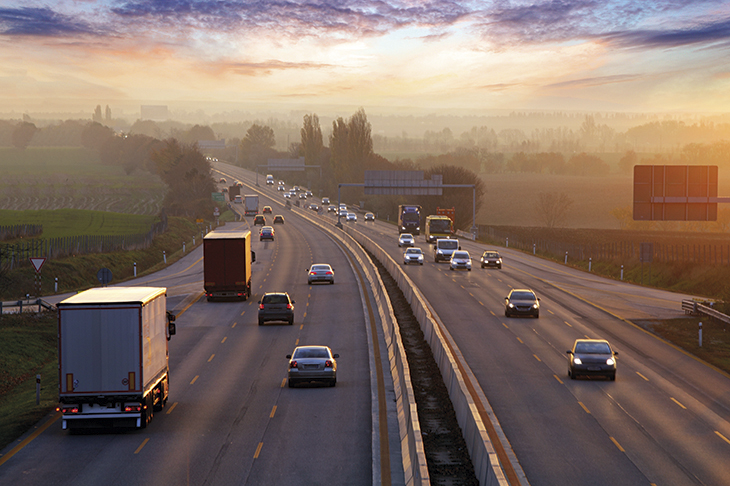


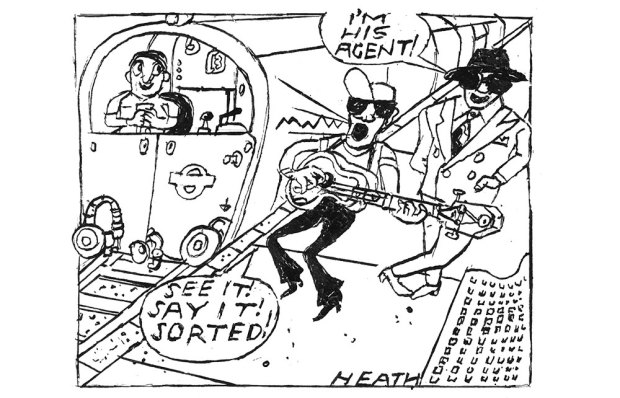
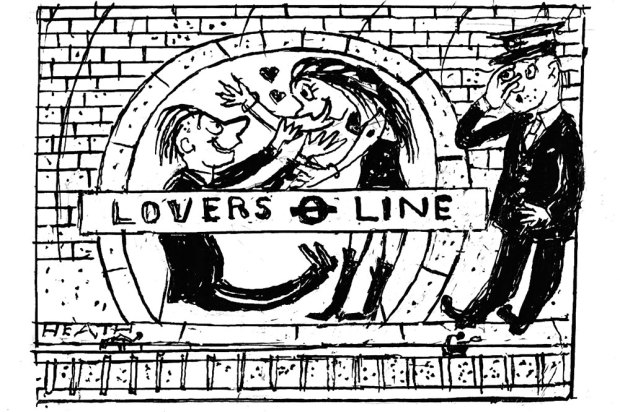
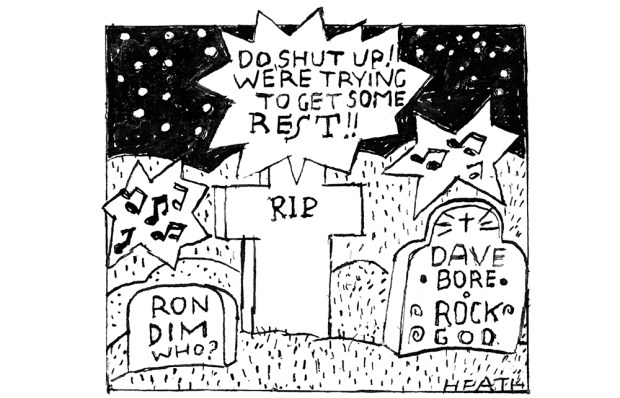
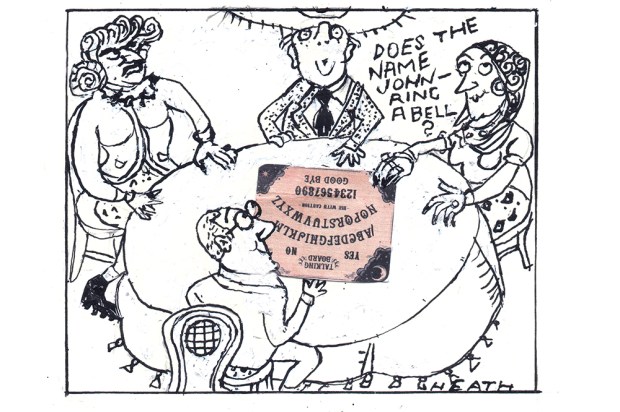






Comments
Don't miss out
Join the conversation with other Spectator Australia readers. Subscribe to leave a comment.
SUBSCRIBEAlready a subscriber? Log in